Blaupunkt 5CK 24020 Bruksanvisning
Läs gratis den bruksanvisning för Blaupunkt 5CK 24020 (59 sidor) i kategorin kylskåp. Guiden har ansetts hjälpsam av 18 personer och har ett genomsnittsbetyg på 4.8 stjärnor baserat på 9.5 recensioner. Har du en fråga om Blaupunkt 5CK 24020 eller vill du ställa frågor till andra användare av produkten? Ställ en fråga
Sida 1/59

de Gebrauchsanleitung
en Instruction for Use
fr Mode d’emploi
nl Gebruiksaanwijzing
5CK2....
5CL2....
Produktspecifikationer
| Varumärke: | Blaupunkt |
| Kategori: | kylskåp |
| Modell: | 5CK 24020 |
Behöver du hjälp?
Om du behöver hjälp med Blaupunkt 5CK 24020 ställ en fråga nedan och andra användare kommer att svara dig
kylskåp Blaupunkt Manualer

10 Februari 2025

10 Februari 2025

18 Oktober 2024

18 Oktober 2024

9 Oktober 2024

1 Oktober 2024

2 September 2024

1 September 2024

30 Augusti 2024

29 Augusti 2024
kylskåp Manualer
- Fridgemaster
- Ardo
- Kucht
- Atosa
- EVVO
- Furrion
- Marynen
- Hiberg
- Danby
- Novy
- Wolkenstein
- Kaiser
- Unold
- U-Line
- ColdTech
Nyaste kylskåp Manualer
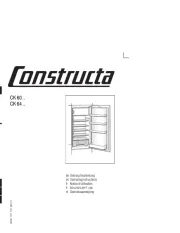
23 Oktober 2025
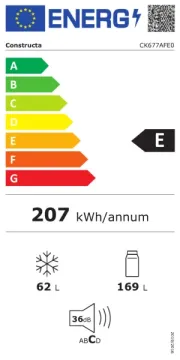
23 Oktober 2025
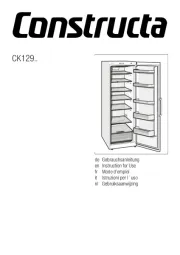
23 Oktober 2025

23 Oktober 2025
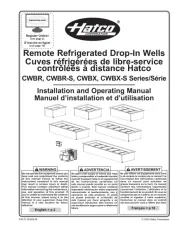
23 Oktober 2025
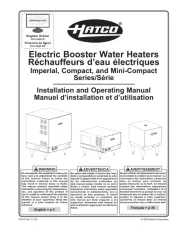
23 Oktober 2025
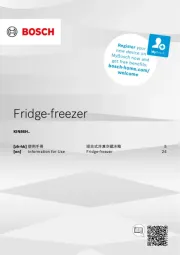
21 Oktober 2025
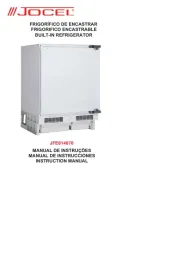
21 Oktober 2025
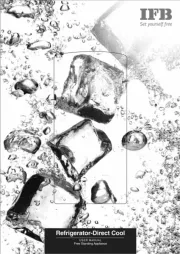
20 Oktober 2025
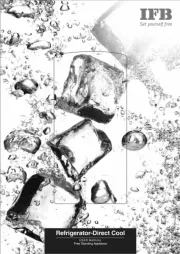
20 Oktober 2025